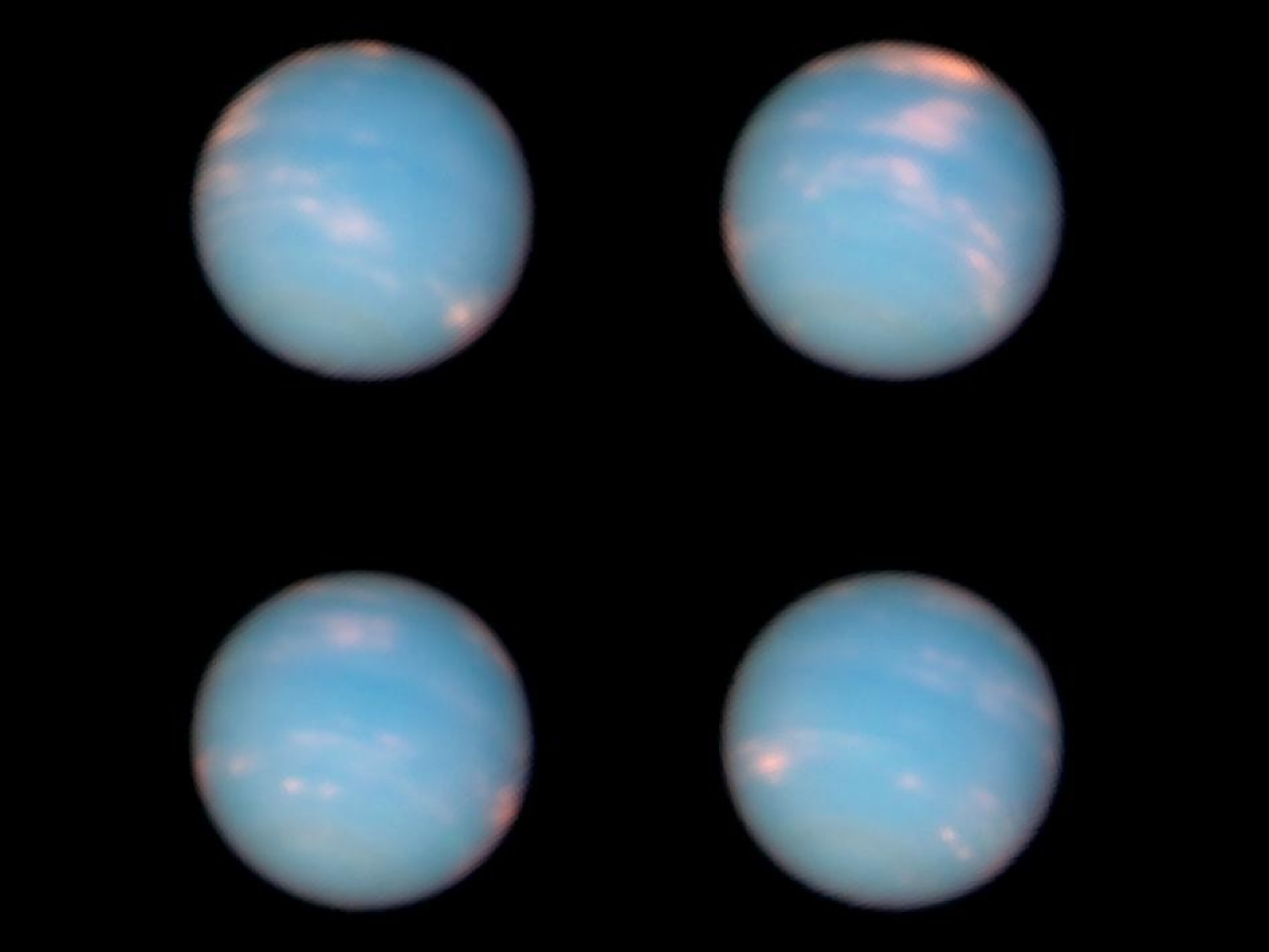Neptune was first observed in 1613 by galileo who at first thought it was a star and later could not find it again

Neptune: Galileo’s Misconception

Neptune, the eighth and farthest known planet from the Sun, was first observed in 1613 by Galileo Galilei, the famous Italian astronomer. At the time, Galileo mistakenly believed that he had discovered another star rather than a planet. It wasn’t until a few decades later that the true nature of his finding would be unveiled.
In 1612 and 1613, Galileo was observing the moons of Jupiter through his telescope, a revolutionary invention that allowed him to study celestial objects in greater detail than ever before. During his observations, he identified three stars near Jupiter that appeared to change their positions relative to the planet. Little did Galileo know that one of these “stars” would turn out to be a planet, Neptune.

Galileo’s initial assumption that he had discovered a star was not entirely unfounded. Neptune is not visible to the naked eye and appears as a small, faint dot of light in the night sky, similar to a distant star. Furthermore, due to its slow orbital motion, the planet’s position can be easily confused with that of other stars over a short period.
Following his initial observation, Galileo recorded the position of the “star” on December 28, 1612, and again on January 27, 1613. However, due to the limitations of his telescope and the lack of precise astronomical tools during that era, he was unable to track Neptune’s motion and eventually lost sight of it.
It was only in the year 1846, more than two centuries later, that an independent discovery of Neptune was made by astronomers Johann Gottfried Galle and Heinrich Louis d’Arrest. Using precise mathematical calculations made by French mathematician Urbain Le Verrier, they successfully located Neptune in the night sky based on its gravitational influence on Uranus.
This discovery sent ripples through the scientific community, ultimately leading astronomers to realize that Galileo’s earlier observations were, in fact, of Neptune. With the advancements in telescopes and astronomy since Galileo’s time, Neptune’s true characteristics and place in our solar system have been revealed.
To this day, Galileo’s initial misconception serves as a testament to the ever-evolving nature of scientific knowledge. It reminds us that even the brightest minds are not immune to misinterpretations and that the pursuit of truth requires continuous exploration and refinement.
Source: Space.com
Related Posts
Quick Links
Legal Stuff

